Expansion of Commercial Greenhouses
The expansion of commercial greenhouses is significantly impacting the LED Grow Light Market. As the demand for year-round production of fruits and vegetables increases, more growers are investing in greenhouse facilities equipped with advanced lighting solutions. The commercial greenhouse sector is projected to grow at a rate of approximately 15% annually, which is likely to drive the demand for LED grow lights. These lights are particularly advantageous in greenhouse settings, as they can be used to supplement natural sunlight, thereby optimizing plant growth and yield. Furthermore, the ability of LED technology to provide specific light wavelengths enhances the growth of various crops, making it an attractive option for greenhouse operators. This trend indicates a promising future for the LED Grow Light Market as it aligns with the needs of modern agricultural practices.
Increased Adoption of Indoor Farming
The LED Grow Light Market is experiencing a notable surge in the adoption of indoor farming practices. This trend is driven by the growing need for food security and the desire to produce crops in urban settings. As urban populations expand, the demand for locally sourced produce intensifies. According to recent data, the indoor farming sector is projected to grow at a compound annual growth rate of over 20% in the coming years. This growth is likely to propel the LED grow light market, as these lights provide the necessary spectrum for plant growth in confined spaces. Furthermore, the efficiency of LED technology in energy consumption aligns with the sustainability goals of many urban farmers, making it a preferred choice in the LED Grow Light Market.
Rising Awareness of Energy Efficiency
The LED Grow Light Market is benefiting from a rising awareness of energy efficiency among consumers and businesses alike. As energy costs continue to rise, growers are increasingly seeking solutions that minimize energy consumption while maximizing output. LED grow lights are known for their low energy usage compared to traditional lighting systems, which can consume significantly more power. Recent studies suggest that LED lights can reduce energy costs by up to 50% in comparison to conventional grow lights. This cost-effectiveness, combined with the long lifespan of LED technology, positions it as a favorable option in the LED Grow Light Market. Consequently, this growing emphasis on energy efficiency is likely to drive further adoption of LED grow lights across various agricultural sectors.
Government Support for Sustainable Agriculture
Government initiatives aimed at promoting sustainable agriculture are playing a crucial role in the LED Grow Light Market. Many governments are implementing policies that encourage the use of energy-efficient technologies in farming practices. This includes financial incentives for adopting LED grow lights, which are recognized for their lower environmental impact. Data indicates that regions with supportive government policies have seen a 25% increase in the adoption of LED grow lights in recent years. Such support not only aids in reducing the carbon footprint of agricultural practices but also enhances the economic viability of farming operations. As these initiatives continue to evolve, the LED Grow Light Market is expected to expand, driven by both regulatory support and a collective push towards sustainability.
Technological Innovations in Lighting Solutions
Technological advancements in lighting solutions are significantly influencing the LED Grow Light Market. Innovations such as full-spectrum LEDs and smart lighting systems are enhancing the efficiency and effectiveness of plant growth. These technologies allow for precise control over light intensity and spectrum, which can be tailored to specific plant needs. Market data indicates that the integration of smart technology in grow lights is expected to increase by approximately 30% over the next five years. This shift not only improves crop yields but also reduces energy consumption, making it a compelling option for growers. As a result, the LED Grow Light Market is likely to see a robust increase in demand for these advanced lighting solutions.
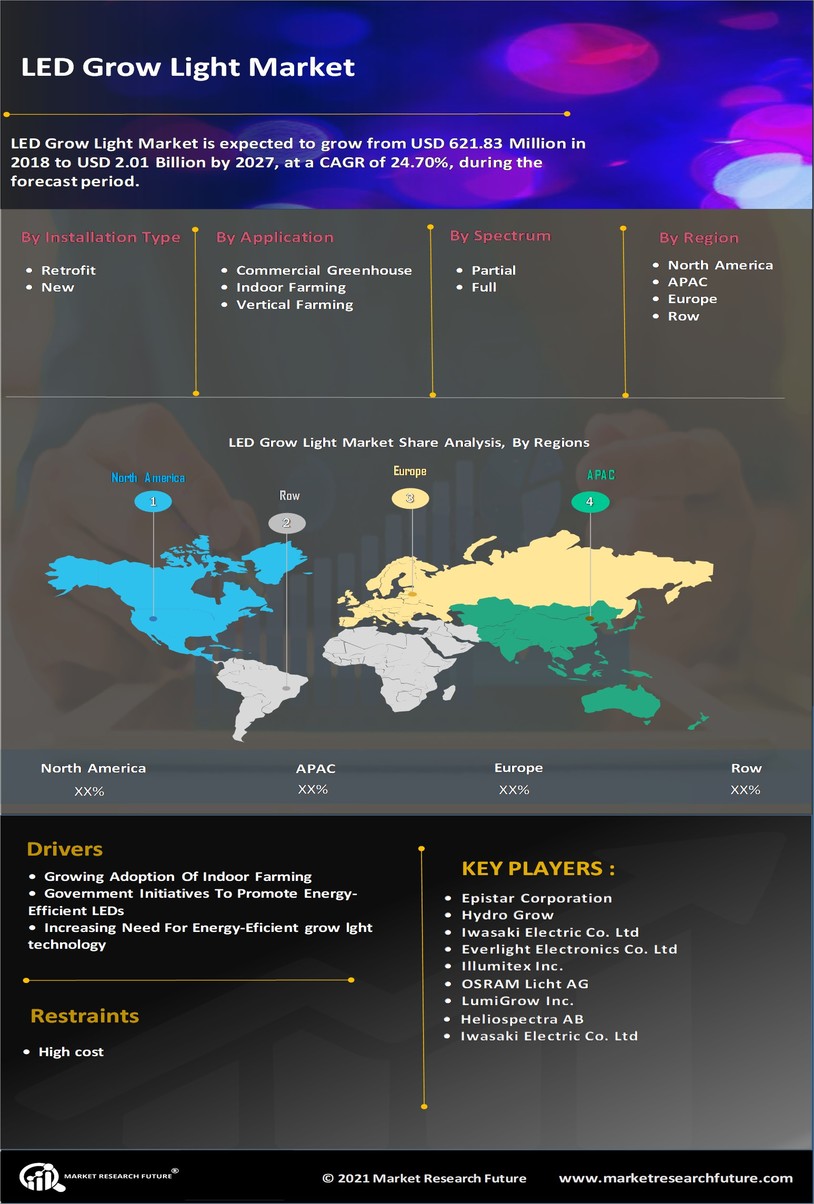
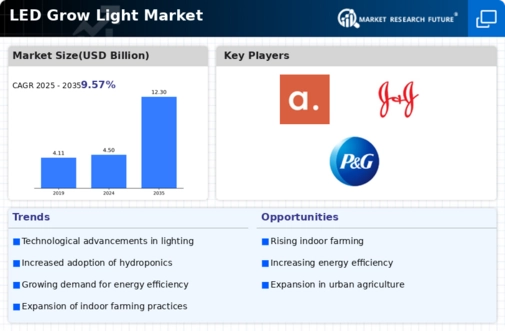
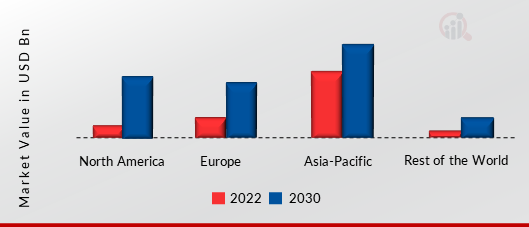
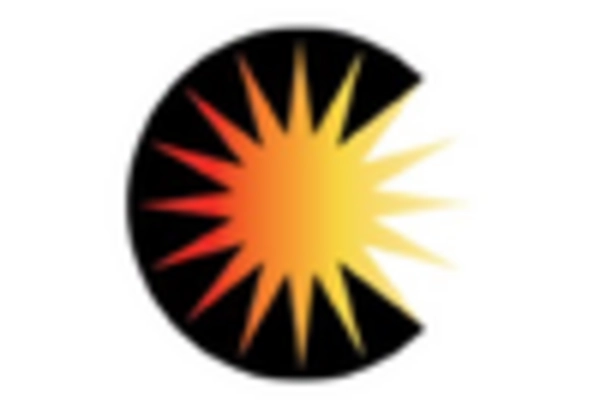
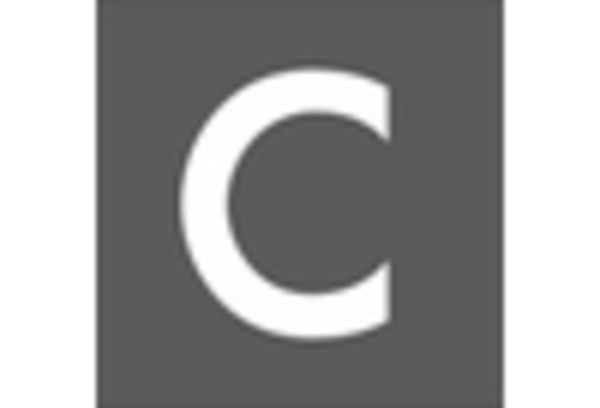
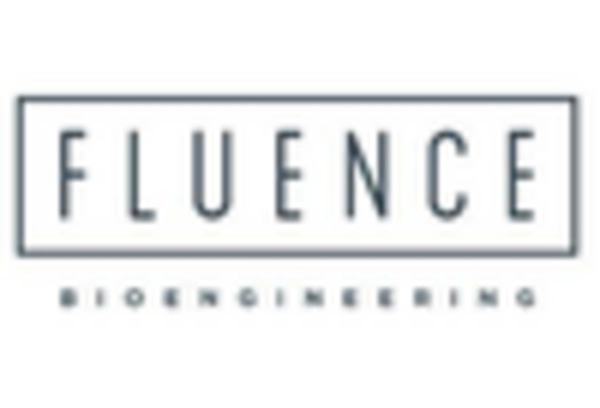











Leave a Comment